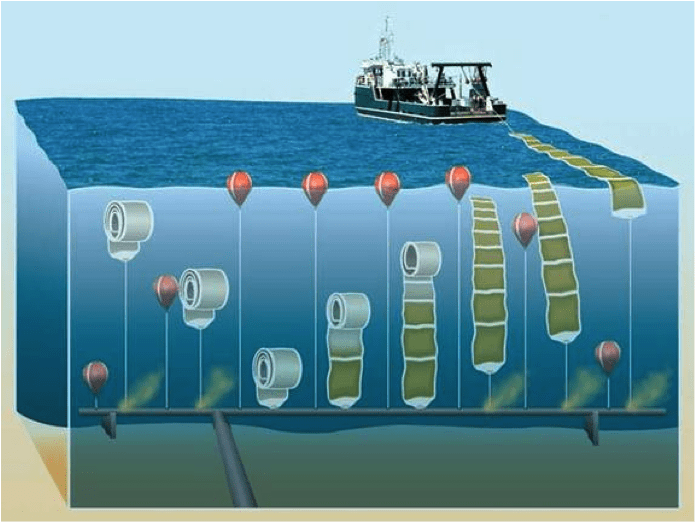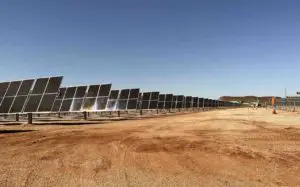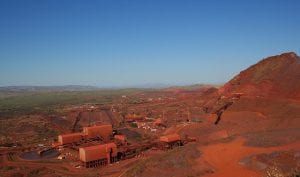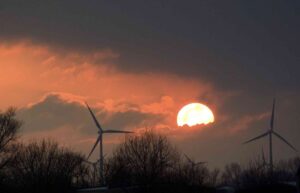The quest to create sustainable and efficient biofuels has taken another step forward as new projects have emerged running algae production from sewage waste.
This new approach to algae production highlights some major advantages: supplying algae off sewage not only provides another a use to untreated sewage, it also delivers a cost-effective solution to growing algae – meeting efficiency targets on many levels.
In a world-first, a small Spanish resort town has begun a pilot program to convert sewage and wastewater into high yield algae production and biofuel.
The facility at Chiclana de la Frontera, in south-west Spain, is the first municipal plant to grow algae from sewage, producing a net export of bioenergy, including vehicle biofuels.
Owned by the world’s third largest private water company, Aqualia, and majority funded by the European Union (EU), the plant hopes to produce around 3,000 kg of dry algae per day in its 10 hectare site, the equivalent of running a fleet of around 200 vehicles.
The project, run by All-gas (a consortium of European private companies and universities), hopes to run municipal vehicles such as public buses and garbage trucks in the region of Cadiz, Spain when the plant becomes operational in 2016.
The €12 million plant overcomes the issues many experts have with biofuels, mostly its reliance on large-scale food crops.
The push for a new wave of renewable resources as well as increased funding to experimental energy sources comes from the EU’s push to have 20% of its energy sourced from renewable energies by 2020.
But the EU isn’t the only organisation to make new ground on the sewage to fuel notion. The American space program, NASA, has begun a new program called OMEGA, which looks at growing and harvesting algae from sewage outlets within the ocean.
A flexible bag system, or photo-bioreactors, will allow freshwater algae to feed off a sewage outpost within the ocean. Algae will feed off the sewage nutrients while creating a by-product of freshwater released back into the ocean through forward-osmosis.
When each bag system has reached capacity – which NASA suspects will take approximately 10 days – the algae is harvested for its oil content and converted in to biofuel.
The project relies on the kinetic power of the ocean to mix algae and nutrient within the bags while also using abundant sources carbon dioxide and sunlight.
The added benefit of setting up project within the ocean is the idea of space. The bags are hypothesised to be around a quarter of an acre in size could be dotted along the US coast.
The algal systems stored beneath water offshore provide an alternative to the terrestrial pond systems currently in place with the majority of algae producers.
The OMEGA project has also drawn support from the philanthropic arm of Google.
To see more information about the two projects mentioned click below:
http://www.nasa.gov/centers/ames/research/OMEGA/index.html
http://www.all-gas.eu/Pages/default.aspx
Image credit: NASA
A flexible bag system, or photo-bioreactors, will allow freshwater algae to feed off a sewage outpost within the ocean. Algae will feed off the sewage nutrients while creating a by-product of freshwater released back into the ocean through forward-osmosis.
When each bag system has reached capacity – which NASA suspects will take approximately 10 days – the algae is harvested for its oil content and converted in to biofuel.
The project relies on the kinetic power of the ocean to mix algae and nutrient within the bags while also using abundant sources carbon dioxide and sunlight.
The added benefit of setting up project within the ocean is the idea of space. The bags are hypothesised to be around a quarter of an acre in size could be dotted along the US coast.
The algal systems stored beneath water offshore provide an alternative to the terrestrial pond systems currently in place with the majority of algae producers.
The OMEGA project has also drawn support from the philanthropic arm of Google.
To see more information about the two projects mentioned click below:
http://www.nasa.gov/centers/ames/research/OMEGA/index.html
http://www.all-gas.eu/Pages/default.aspx









